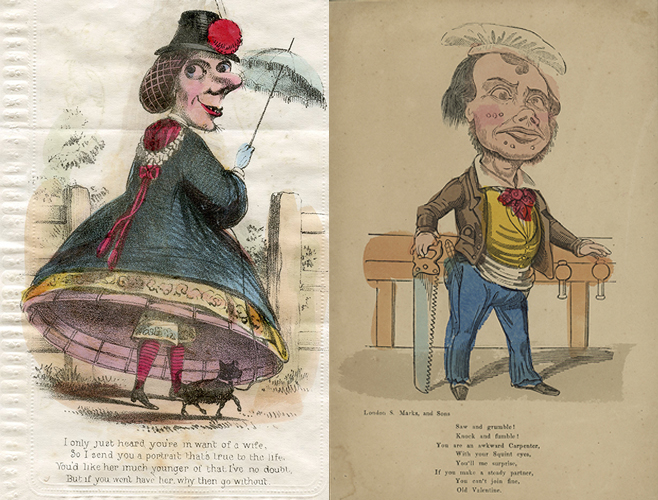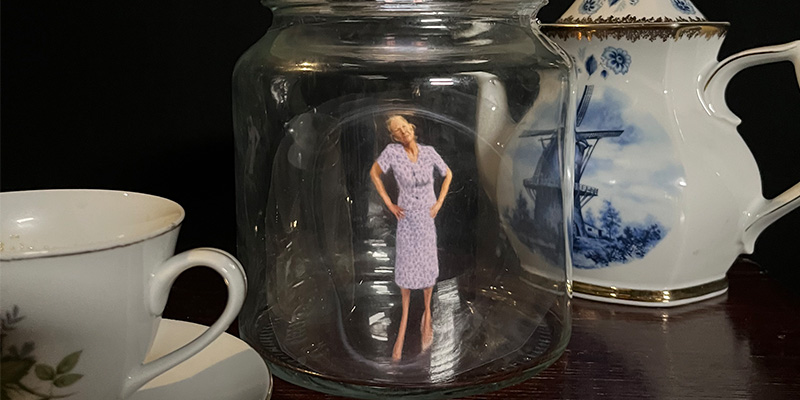News | Tuesday, 26th June 2018
Brain tingling sensation 'ASMR' may benefit health
First study of its kind reveals the impact of ASMR on heart rates

Autonomous Sensory Meridian Response (ASMR) – the relaxing ‘brain tingles’ experienced by some people in response to specific triggers, such as whispering, tapping and slow hand movements – may have benefits for both mental and physical health, according to new research.
In the first study of its kind into the physiological underpinnings of ASMR, researchers from Manchester Metropolitan University and University of Sheffield found that those who experience the phenomenon had significantly reduced heart rates while watching ASMR videos compared to people who do not experience ASMR.
ASMR is the sensation experienced by some people in response to specific sights and sounds, described as a warm, tingling and pleasant sensation starting at the crown of the head and spreading down the body. The ‘tingles’ – sometimes described as ‘brain tingles’ or ‘brain orgasms’ – are typically accompanied by feelings of calm and relaxation.
There are more than 13 million ASMR videos on YouTube – including medical examinations, haircuts and massages and folding towel tutorials – which people watch to relax, relieve stress or sleep better. However, while there has been research into other similar experiences such as awe and music-induced chills, research into ASMR has been limited.
Dr Giulia Poerio, of the University of Sheffield’s Department of Psychology, said: “Lots of people report experiencing ASMR since childhood and awareness of the sensation has risen dramatically over the past decade due to internet sites such as YouTube and Reddit.
“However, ASMR has gone virtually unnoticed in scientific research which is why we wanted to examine whether watching ASMR videos reliably produces feelings of relaxation and accompanying changes in the body – such as decreased heart rate.”
Researchers investigated whether ASMR is a reliable and physiologically-rooted experience with the potential to benefit the physical and mental health of those who experience it.
Dr Tom Hostler, Lecturer in Psychology at Manchester Metropolitan University, said: “We conducted two studies. The first online study found that people who get ASMR reported feeling both more excited and more calm, as well as less stressed and less sad after watching ASMR videos, compared to people who don’t get ASMR.
Physiological responses
“It has been widely anecdotally reported that ASMR helps people to relax, but ours is the first published experiment to show these changes in emotion. We also showed that it wasn’t just watching videos in general that had this effect, as ASMR participants didn’t respond to the ‘control’ videos we showed them in the same way.
“In the second study, we brought both people who experience ASMR as well as those who do not into the lab and tested their physiological responses whilst they watched ASMR videos as well as ‘control’ videos. We expected to find that ASMR produced a relaxing physiological response like reduced heart rate and lower skin conductance -the 'sweaty palms' feeling. However, we were only half-correct. ASMR produced lower heart rate but increased skin conductance, showing that ASMR is both an activating and calming experience at the same time.”
We expected to find that ASMR produced a relaxing physiological response like reduced heart rate and lower skin conductance - the 'sweaty palms' feeling. However, we were only half-correct.
The study found that, compared to non-ASMR participants, those who experience ASMR reported more frequent tingling, increased levels of excitement and calmness, and decreased levels of stress and sadness. There were no significant differences between ASMR and on-ASMR participants in their affective responses to the control videos.
The paper ‘More than a feeling: Autonomous sensory meridian response (ASMR) is characterised by reliable changes in affect and physiology’ has been published in the journal PLOS One.




